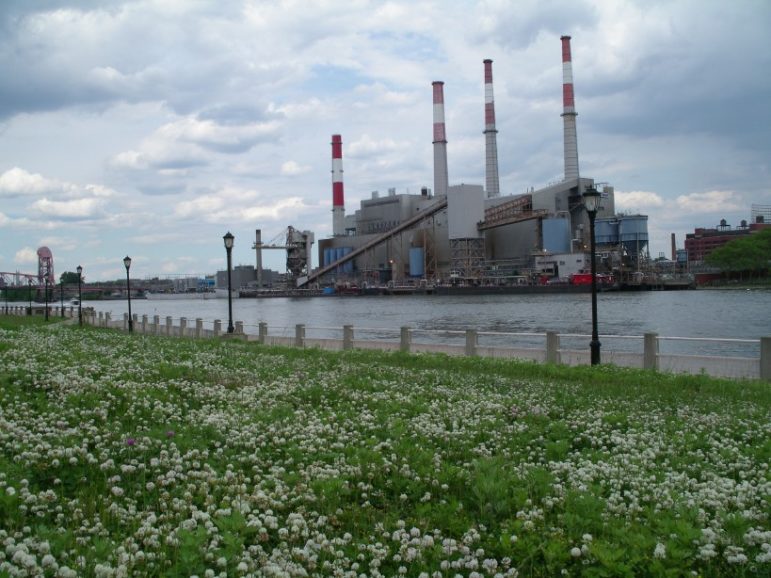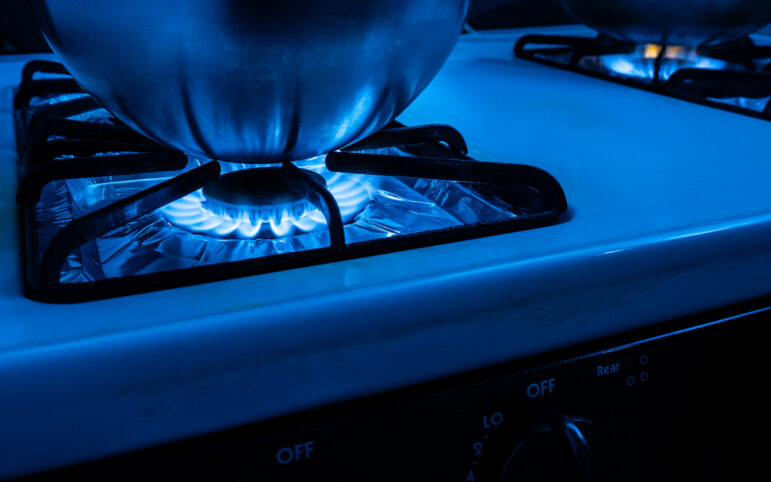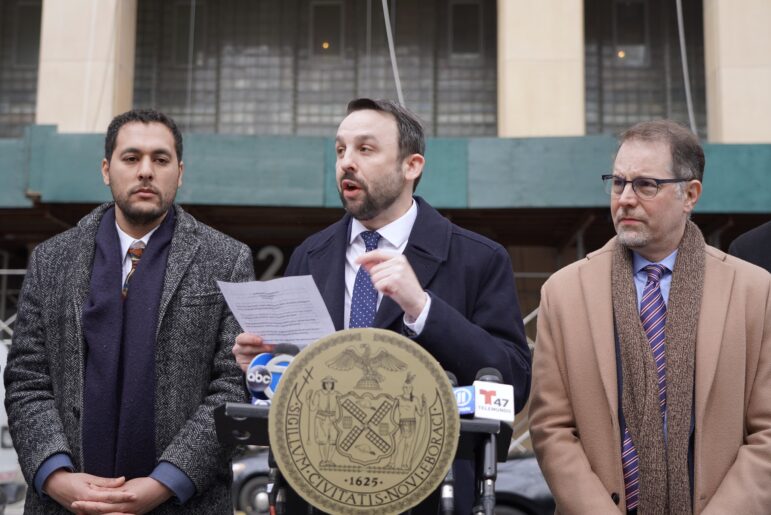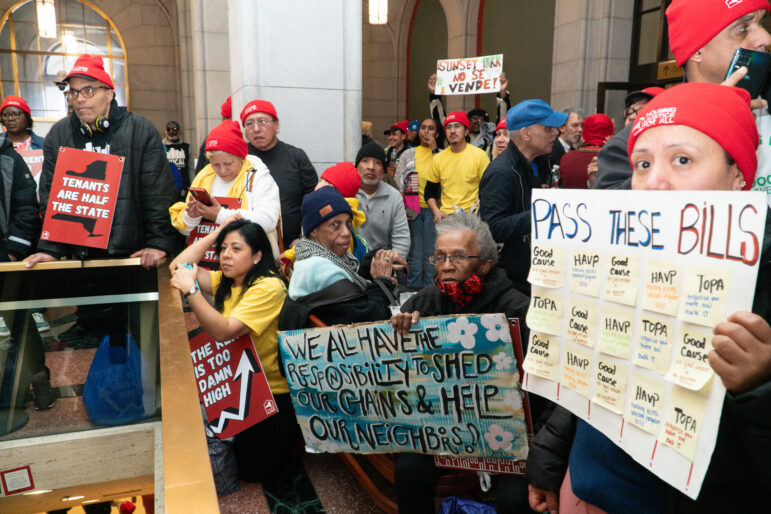
Matthew Rutledge
The law would require that 70 percent of electricity in New York State be generated by renewables by 2030.
New York State legislators on Tuesday passed one of the most ambitious pieces of environmental legislation seen in the United States: a bill that sets the Empire State on a path to net zero greenhouse-gas emissions. The Climate Leadership and Community Protection Act won approval in the Assembly and Senate and the support of the governor despite the fact that, earlier this month, it looked like strong action on climate was one of the progressive priorities that would not get done before the 2019 session ended this week.
On Wednesday’s Max & Murphy Show on WBAI, Priya Mulgaonkar from the NYC-Environmental Justice Alliance described the bill as a major step forward, but added, “This is a compromise bill. It’s not a perfect bill.”
The bill that passed, the CLCPA, was a revision of the Climate and Community Protection Act (CCPA) that environmental groups had been backing for many months. The CCPA required 100 percent reduction of emissions over 1990 levels by 2050. The bill that passed requires 85 percent reduction while creating a mechanism for offsetting the other 15 percent by establishing carbon sinks or otherwise working to remove carbon from the atmosphere to make up for the pollution New York still emits. While the math should still get New York to net zero, the 85 percent by 2050 is not much more ambitious than the 80 percent by 2050 goal enshrined in a 1990 executive order.
What’s more, “We’ve been really skeptical about carbon neutrality, because we’re seeing this play out both internationally and nationally, where you get all these big loopholes, and polluters can find ways to buy up soybean fields in Brazil to offset their coal plants, for example,” Mulgaonkar said. “For us, that 15 percent was a risk to perpetuate environmental racism.”
Get the best of City Limits news in your inbox.
Select any of our free weekly newsletters and stay informed on the latest policy-focused, independent news.
The bill that passed is also weaker on requiring a “just transition,” meaning steps to ensure that low-income communities and workers don’t bear the brunt of the costs of shifting to cleaner energy. However, it does include a more aggressive target for renewable energy (70 percent of the state’s electricity must come from renewables by 2030) than the CCPA had (it called for 50 percent).
Hear our interview with Mulgaonkar below, or listen to the full program, which includes a breakdown of the Queens district attorney race.
How significant is the Climate Leadership and Community Protection Act?
Max & Murphy: Full Show of June 19, 2019








